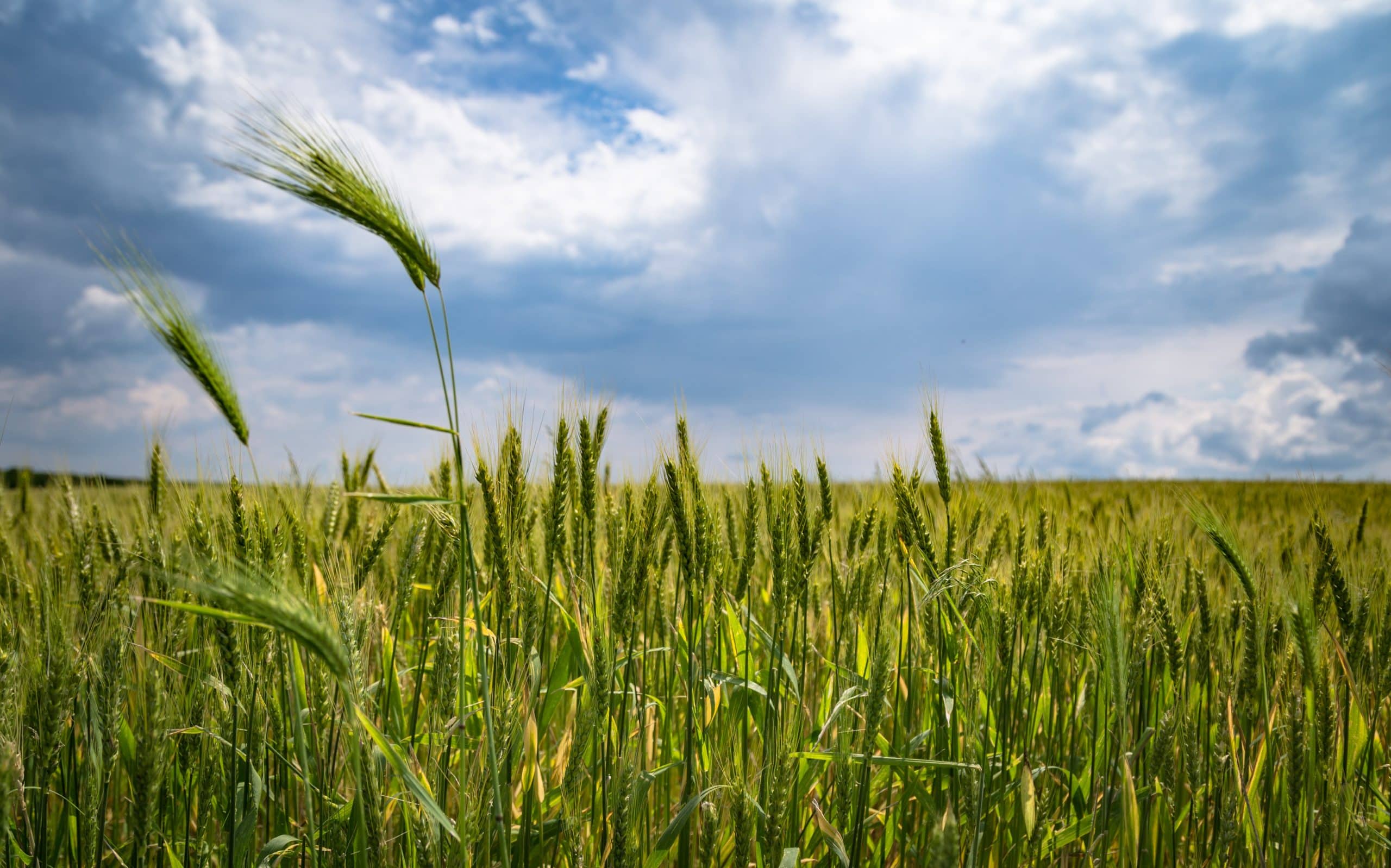A taxpayer has lost his appeal at the Court of Appeal (CoA) after earlier winning the case at the First-tier Tribunal (FTT) but losing at the Upper Tribunal (UT). The taxpayer was a farmer and wished to offset his farming losses against his other income. His farming losses continued for 17 years until the farm he acquired became profitable.
Generally, trade losses can be offset against current or prior year general income in any manner that a taxpayer wishes. There is prohibition on offsetting losses from trades that are not run on a commercial basis but exceptions are made in the case of farmers as it is recognised that it can take many years for farms to become profitable where changes are made.
The farmer had been extremely unlucky but had always run the farm on a commercial basis but due to some choices and events outside of his control he had to amend these choices. After buying a small farm the taxpayer proceeded to purchase more land so he could create a large enough farm to obtain economies of scale. His initial idea was to farm organic certified produce and so he began the slow process of converting conventional farmland into organic farmland. Some years into the project the global financial crisis occurred and the market for organic food produce greatly deceased. The farmer had to revert to conventional farming, though again, this process is a slow process. Eventually after 17 years the farm started making profits.
The legislation that restricts the sideways loss relief for farming activities allows a five-year period for farms to become profitable but for any time after this, the farmer must pass a test showing there is a reasonable expectation of profit. The farmer was able to prove that there was a reasonable expectation of profit but disagreed with HMRC on how to interpret the statutory test that allowed this longer period.
After analysing the language of the legislation and its purpose, along with reviewing how it historically came about, and language used in prior versions the CoA held that the relevant test was to be interpreted in the manner HMRC described.
This test requires a consideration of the current tax year farming activities and whether the current year activities can be expected to be profitable at a future point in time. As the activities in the past had involved activities that could never have been profitable, due to the decrease in the market for organic produce then sideways relief was not available.
The trade losses will not disappear and the farmer can use them to shelter his future farming profits but generally for cash flow purposes, it is better to use losses sooner.
The decision can be found at: Ardeshir Naghshineh v The Commissioners for HMRC – Find case law (nationalarchives.gov.uk)
Please let us know if you have any questions around trade losses and effective ways to utilise them.



